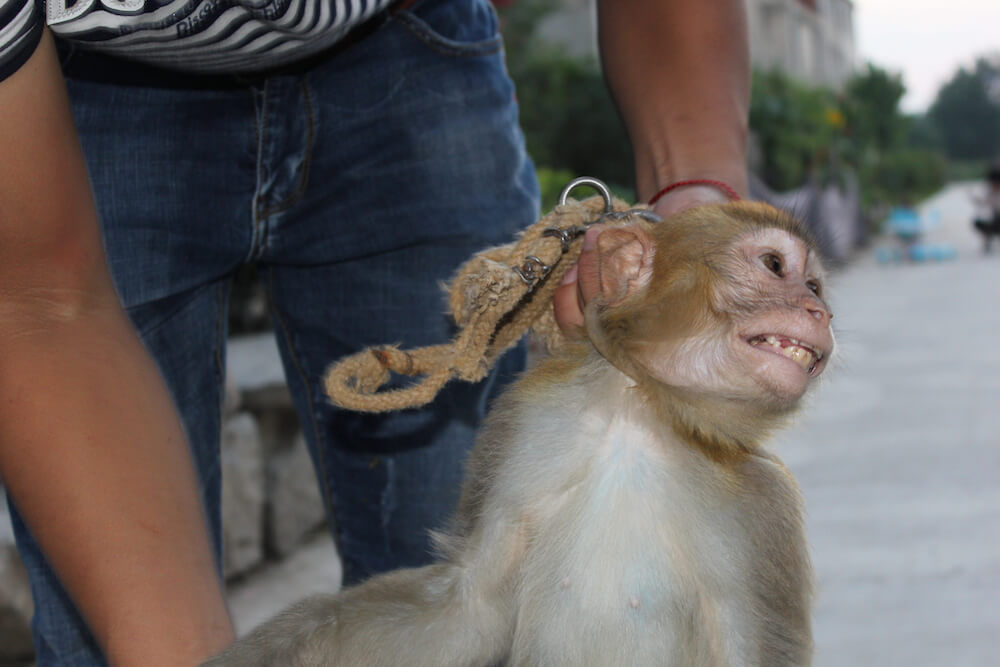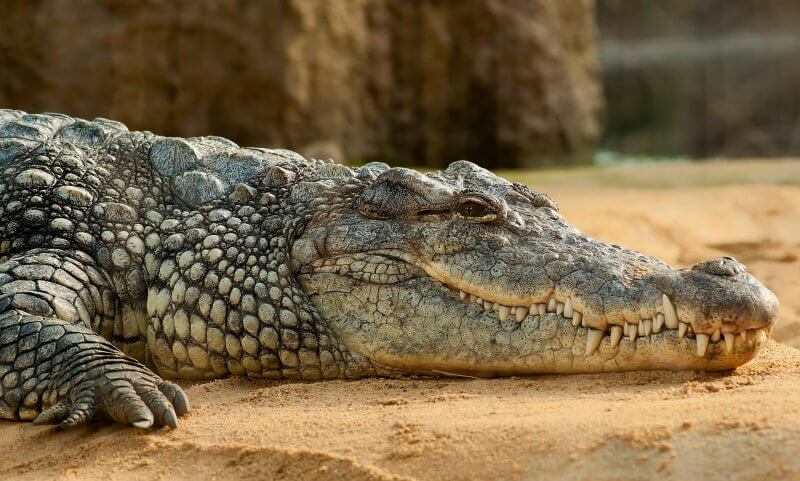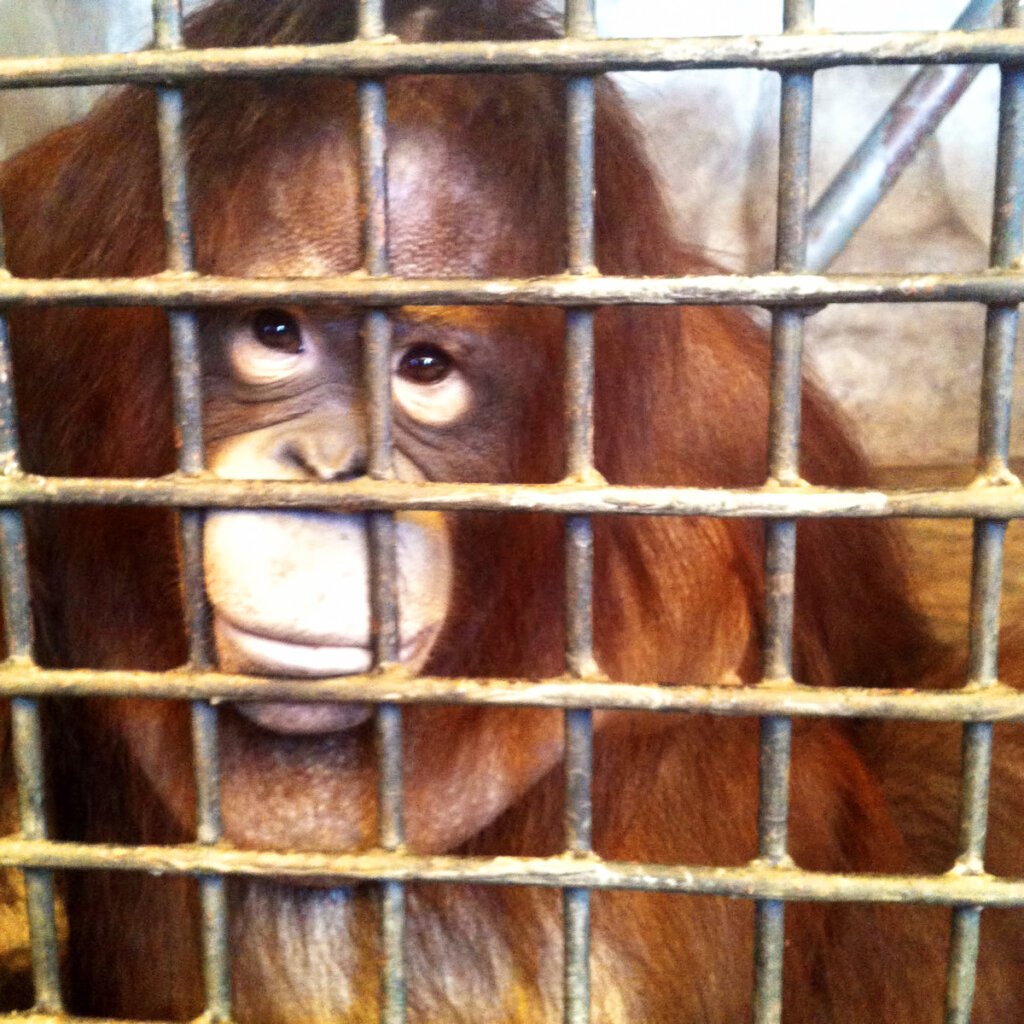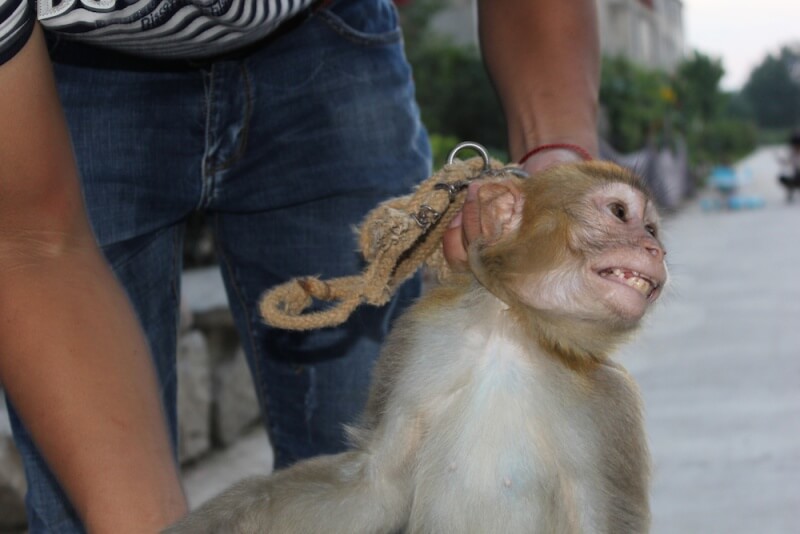
The Holiday Attractions You Need to Avoid if You Love Animals
Whilst on holiday, we often come across animal attractions – whether an elephant trek, a marine park, or a roadside zoo. Many sound appealing to people who love being around animals – but it’s the animals who pay the price for tourists’ desire to have a close encounter with them.
Some cruel exhibits masquerade as “sanctuaries” in order to attract well-meaning travellers, but any business that forces animals to perform for or interact with tourists in exchange for money does not have the animals’ best interests at heart.
Below are some of the main attractions to avoid while travelling – but remember to steer clear of any activity that uses captive animals to draw in tourists.
Elephant Rides
Elephant rides are a notoriously cruel activity, as the animals are either taken from the wild or bred in captivity and then viciously beaten into submission. Once their spirits are so broken that they’ll let people ride on their backs, handlers keep them in line using a bullhook (a stick with a sharp metal hook on the end), and they’re usually tethered by chains around their ankles when not being used for rides.
Many elephant parks misleadingly call themselves “sanctuaries” or “refuges”, because they know visitors care about the welfare of these beautiful animals – but any facility that lets tourists ride them should be avoided. If you want to see elephants whilst on holiday, please find a reputable, accredited sanctuary that will let you view them respectfully from afar.
Swim With Dolphins
It’s not only SeaWorld that’s notorious for allowing people to swim with captive dolphins – marine parks all over the world let visitors swim with, touch, and even ride on these highly intelligent animals.
In the wild, dolphins swim up to 40 miles each day and live in close family groups. But in captivity, they’re confined to chemically treated concrete pools that offer almost no stimulation. On top of this, being forced to swim with crowds of people – day after day – adds to the stress endured by these gentle animals, who often lash out with aggressive behaviour as a result.
It’s much kinder and more enjoyable to see dolphins in the wild. You could join a whale- and dolphin-watching boat trip or even check out dolphin hotspots from the beach.
Tiger Selfies
You may have seen people post photographs on social media in which they’re posing with tigers, lions, or other exotic animals – but there’s a hidden story behind every picture. The animals forced to pose with tourists are usually chained, beaten, and even drugged to make them placid enough to be hauled around.
Big cat cubs are often used in photo exhibits, and once they’ve grown too large to handle, many are sold to roadside zoos or simply left to languish in a cage for the rest of their lives. No photo is worth all this suffering, so it’s best to avoid any attraction that keeps wild animals captive.
Marine Parks
At marine parks such as SeaWorld, Marineland, and Loro Parque, sea animals repeatedly circle barren concrete tanks that bear almost no resemblance to their natural habitats. Orcas, seals, penguins, and fish are among the victims of these marine abusement parks that force some animals to perform meaningless tricks for food while leaving others to stare at the walls of their sterile enclosures as tourists gaze in through glass barriers.
No matter the size of the tank, the needs of such complex and intelligent animals as orcas can never be met in captivity. If you want to see marine animals up close where they belong – in the ocean – you could join a whale-watching tour, take a trip on a glass-bottomed boat, or even go snorkelling.
Circuses
Animals don’t want to ride bicycles, stand on their heads, balance on balls, or jump through rings of fire. Elephants, big cats, monkeys, and other animals used in circuses perform such tricks because they have no choice. If circus-goers knew the truth about the violence and suffering that goes on behind the scenes, they would find these shows anything but entertaining.
Refuse to attend any circus that uses animals as “performers”. If you’d still like to catch a show in the big top, why not watch awe-inspiring human acrobats soar through the air at an animal-free circus such as Cirque du Soleil?
Roadside Zoos
A life in a cage is no life at all for animals abused in zoos, who endure endless streams of tourists ogling their suffering. In some roadside zoos, animals are kept in concrete pits or metal cages and have to beg visitors for scraps of food. No matter what claims these facilities make about animal welfare, their purpose is purely to make money.
Rather than visiting a depressing zoo, you could join a nature walk and see animals in their natural environments while you’re away – or simply tune in to a wildlife documentary at home.
Crocodile Farms

A common sight in Australia, the US and some other countries, crocodile farms charge tourists to view captive alligators and crocodiles and even pose for photos with them. Young alligators’ mouths are taped shut as they’re passed around for photo opportunities, while older animals are typically kept in filthy, severely crowded enclosures.
Perversely, these facilities’ gift shops are usually filled with the skins, skulls, and other body parts of the animals they’re supposed to “celebrate”. Steer clear of these attractions altogether and instead opt to view reptiles from afar in the wild.
Dancing Monkeys
The sight of monkeys who are being dragged around by metal chains and forced to dance or perform is truly depressing. They’re usually torn away from their mothers at a young age and beaten until they obey the commands of their captors.
Some people feel pressured into handing over money to handlers of captive monkeys, particularly when the animals are forced towards them for a photo. Never do this, as it only encourages the handlers to do the same thing with other tourists.
Being aware of the abuse behind animal attractions enables us to make informed choices when on holiday and help end the cruelty by refusing to support it.
If you visited an attraction like the ones listed above before you knew about the ways in which they mistreat animals, take the opportunity to tell your friends and family not to make the same mistake!
Help Animals in 2025: Renew Your PETA Membership!


